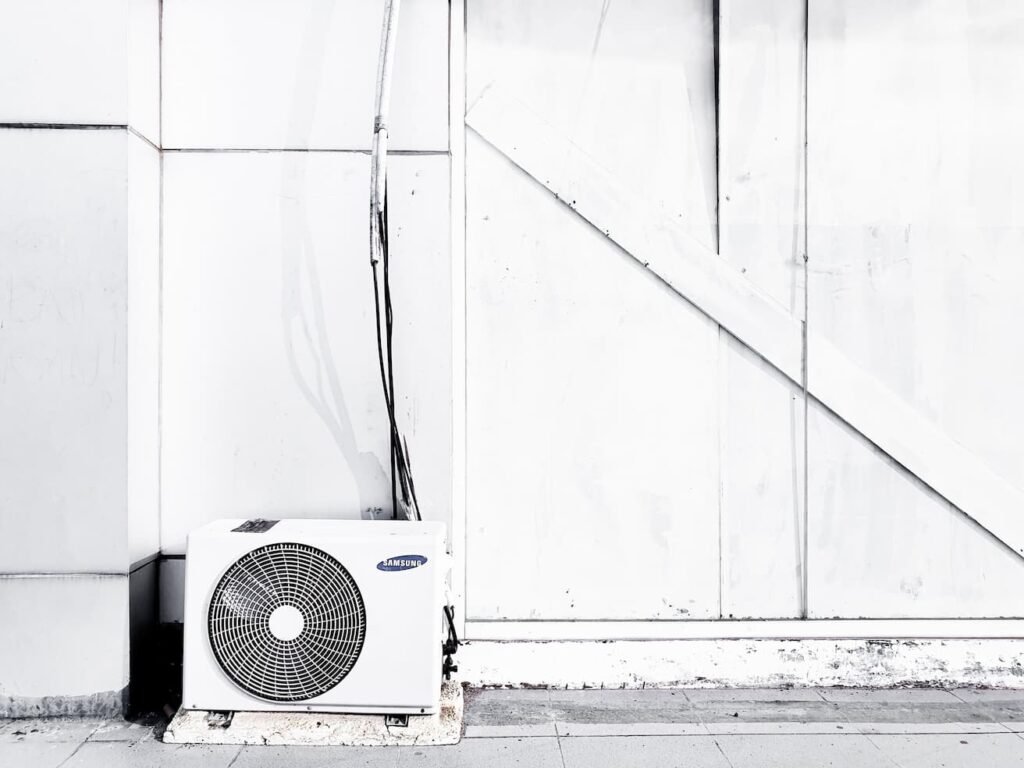Smoke detectors are an essential part of any home fire safety plan, but false alarms can be a major nuisance. If your smoke detector is going off for no apparent reason, there are several steps you can take to address the issue. This guide will walk you through common causes of false alarms and provide practical solutions to ensure your smoke detector functions properly without unnecessary disruptions.
Addressing False Alarms
Check for Dust and Debris
One of the most common causes of false alarms is dust or debris on the sensor. If your smoke detector is going off more frequently than usual, start by inspecting the sensor for dirt or debris.
- Cleaning the Sensor:
- Use a soft cloth to wipe off any visible dirt.
- For a thorough cleaning, use a vacuum cleaner with a soft brush attachment to remove all debris.
Replace the Batteries
If cleaning the sensor does not solve the problem, the next step is to check the batteries. Smoke detectors rely on batteries to power the sensor, and old or weak batteries can cause false alarms.
- Checking the Batteries:
- Remove the detector from the wall or ceiling.
- Open the battery compartment and inspect the batteries.
- Replace batteries that are more than a year old or appear to be weak.
Replace the Smoke Detector
If the detector continues to go off after cleaning the sensor and replacing the batteries, it might be time to replace the entire unit. Smoke detectors have a limited lifespan and typically need to be replaced every 10 years.
- Determining the Age of Your Detector:
- Check the manufacturer’s website or contact customer service for guidance on the lifespan of your specific model.
Choosing the Right Smoke Detector
When replacing your smoke detector, it’s important to select the right model for your home and family’s needs.
- Types of Smoke Detectors:
- Ionization Detectors: Best for detecting fast, flaming fires.
- Photoelectric Detectors: More effective at detecting slow, smoldering fires.
- Dual-Sensor Detectors: Combine both ionization and photoelectric sensors for comprehensive coverage.
- Additional Features:
- Look for models with battery backup, interconnected alarms, and carbon monoxide detection capabilities.
Installing and Maintaining Your Smoke Detector
Installation
Proper installation is crucial to ensure your smoke detector functions correctly.
- Installation Tips:
- Follow the instructions in the user manual carefully.
- Install smoke detectors on every level of your home, inside bedrooms, and outside sleeping areas.
- Avoid placing detectors near windows, doors, or ducts where drafts might interfere with operation.
Regular Testing and Maintenance
Once installed, regular testing and maintenance are essential to keep your smoke detector in working order.
- Testing:
- Test your smoke detectors at least once a month by pressing the test button.
- Replace batteries at least once a year, or when the detector chirps to indicate low battery.
- Maintenance:
- Clean the detector regularly to remove dust and debris.
- Replace the entire unit every 10 years or as recommended by the manufacturer.
Summary
Smoke detectors are a critical component of home fire safety, but false alarms can be frustrating. To prevent false alarms, ensure your smoke detector is free of dust and debris, has fresh batteries, and is within its operational lifespan. If necessary, replace the detector with a suitable model and install it correctly. Regular testing and maintenance will help ensure your smoke detector functions properly and keeps your home safe.
Frequently Asked Questions (FAQs)
How do I know if my smoke detector needs to be replaced?
Check the manufacture date on the back of the smoke detector. Most smoke detectors need to be replaced every 10 years. If you’re unsure, refer to the manufacturer’s guidelines or contact customer service.
Can cooking set off my smoke detector?
Yes, smoke from cooking can set off your smoke detector. To prevent this, use exhaust fans, and consider relocating the smoke detector farther from the kitchen.
What should I do if my smoke detector goes off frequently without any smoke?
First, clean the sensor and replace the batteries. If the problem persists, it may be time to replace the entire smoke detector. Ensure it is installed in an appropriate location away from drafts and steam sources.
Are there smoke detectors that can distinguish between real fires and false alarms?
Some advanced smoke detectors come with smart technology that can distinguish between real fires and false alarms caused by cooking smoke or steam. Look for models with this feature for added convenience.
How can I test my smoke detector?
Test your smoke detector monthly by pressing the test button until the alarm sounds. If it doesn’t sound, replace the batteries and test again. If it still doesn’t work, replace the unit.
Is it necessary to have interconnected smoke detectors?
Interconnected smoke detectors are highly recommended because they ensure that when one detector senses smoke, all alarms in the house will sound. This provides early warning and increases safety.
By following these guidelines and regularly maintaining your smoke detector, you can minimize false alarms and ensure your home is protected against potential fire hazards.



